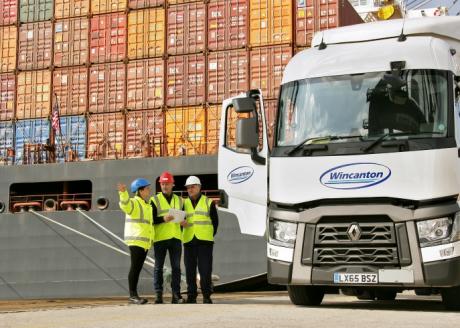FCL
The international transport industry is developing rapidly, therefore it offers a wide range of solutions that will enable the efficient export and import of various types of cargo. All of them require proper organization and selection of methods. Among them, we can mention a form of FCL (Full Container Load) in logistics, which in short means full container sea transport. The whole container is then used only by one recipient, which makes this solution one of the most economical types of transport. It is most popular for transporting larger cargo, which can be loaded into containers as a whole. What is important, full FCL service takes place right from the shipper's door to the receiver's address or at any section of the transport. However, an equally popular form of transport is the LCL option, so it is worth knowing the most important differences between the mentioned solutions, which will make it much easier to choose one of them, adjusted to individual needs and expectations of the company.
FCL or LCL - which to choose?
Many people wonder which solution is better - FCL or LCL. This dilemma is most often faced by companies conducting international trade. When choosing a specific type of transport, it is worth taking into account the volume, weight, and quantity of cargo, to find the most advantageous form. FCL is full container transport, and LCL is groupage transport. Both solutions have their advantages and disadvantages. The first type of ocean freight works best for larger cargo that can be packed entirely into containers, which significantly reduces costs.
Less than Container Load (LCL), on the other hand, is very practical and economical for smaller shipments that can be transported with other cargo in a single container. It is also a convenient option for those who do not want to buy a whole container, but only a part of it. Moreover, FCL is also perfect for transporting goods with non-standard dimensions, and it is also often chosen by companies with bigger budgets. LCL is an ideal option for smaller companies, which often have no financial liquidity. This option is also perfect for buying small batches of goods at different times and in different places. It is also worth mentioning the waiting time, which in the case of LCL transport is about two weeks longer than in the case of FCL.
What are the types of containers?
Containers differ from each other, so it is worth knowing all their types. First of all, you can distinguish general-purpose universal containers, as well as models with increased height. Additionally, on the market, there are containers with an open roof and side, as well as refrigerated variants intended mainly for the transport of food. You can also distinguish platform containers and in the form of cabinets for transporting clothes. As you can see, there are many models, so it is worth choosing the variant adapted to the type of cargo, as well as its weight.
